Threads don’t freeze the face—they reposition what’s already there
Thread lifts use dissolvable sutures placed under the skin to subtly lift the brow. Unlike Botox, they don’t stop muscles. Unlike surgery, they don’t remove skin. They work by anchoring and gently pulling tissue upward. The result is not dramatic—but deliberate.
You don’t wake up with a new face. You leave the clinic with something that feels familiar, but lighter. The brows sit a bit higher. The outer edge curves again. The eye area looks more open—but still you.
That’s the promise of threads: a shift, not a transformation.
The outer brow benefits most
The tail of the brow tends to sag first with age. That’s also where threads work best. Placed correctly, they lift this area upward and outward. Not by force—but by guiding tissue back where it used to rest.
If your concern is hooding over the outer eyelid or loss of brow shape, threads can help. But for central brow droop, they’re less effective. That area usually needs something stronger—like Botox or even surgery.
Threads don’t fix everything. But when they match the problem, the result feels surprisingly right.
The procedure is short—but not effortless
Local anesthesia is used. You stay awake. You feel tugging—not pain. Threads are inserted through small entry points, then pulled gently. The lift is immediate—but swelling follows. Sometimes bruising. Occasionally asymmetry, especially in the first few days.
There’s downtime—but not bed rest. No intense workouts. No pressure on the area. No sleeping face down. Most people return to work in two or three days.
It’s not intense—but it does demand care.
Results appear fast—but shift with time
The lift is visible right away. That’s what makes threads appealing. But the final result settles over weeks. Swelling fades. Tissue adjusts. Threads dissolve slowly—stimulating collagen as they go.
The lift softens over time. Most people see results for six months to a year. Some longer. Some shorter. It depends on age, skin quality, lifestyle.
It’s not forever—but it’s not fleeting either.
Not everyone is a candidate
Threads work best on mild to moderate sagging. On skin that still has elasticity. If the brows are heavy, the skin thick, or the sag severe—threads may not hold. Or they may hold unevenly.
A good provider will say no when it’s not the right tool. Because forcing a result with the wrong method rarely ends well.
Matching the treatment to the face matters more than following trends.
Complications are rare—but real
Threads can cause rippling under thin skin. They can migrate. They can cause puckering if not placed right. Infection is rare—but possible. That’s why sterile technique and experience are non-negotiable.
Touch-ups may be needed. Adjustments too. But in most hands, complications are mild and temporary.
Still, knowing the risks makes the yes more informed.
Cost matters—especially over time
Thread lifts aren’t cheap. And they’re not permanent. That combination makes them a luxury—not a necessity. Most brow thread lifts cost between $800 and $2,000. Repeating them every year adds up.
Some patients find it worth it. For events. For photos. For seasons of life when they want more lightness. Others try it once—and choose something longer lasting next time.
Worth is personal. And changing.
Pairing threads with Botox changes everything
Threads lift. Botox relaxes. Together, they extend and refine the result. Botox can reduce the pull from the muscles that drag brows down. Threads then do less work—and last longer.
When done well, the combo looks natural. Feels easy. Not frozen. Not obvious.
The key is planning. Not more—just smarter.
